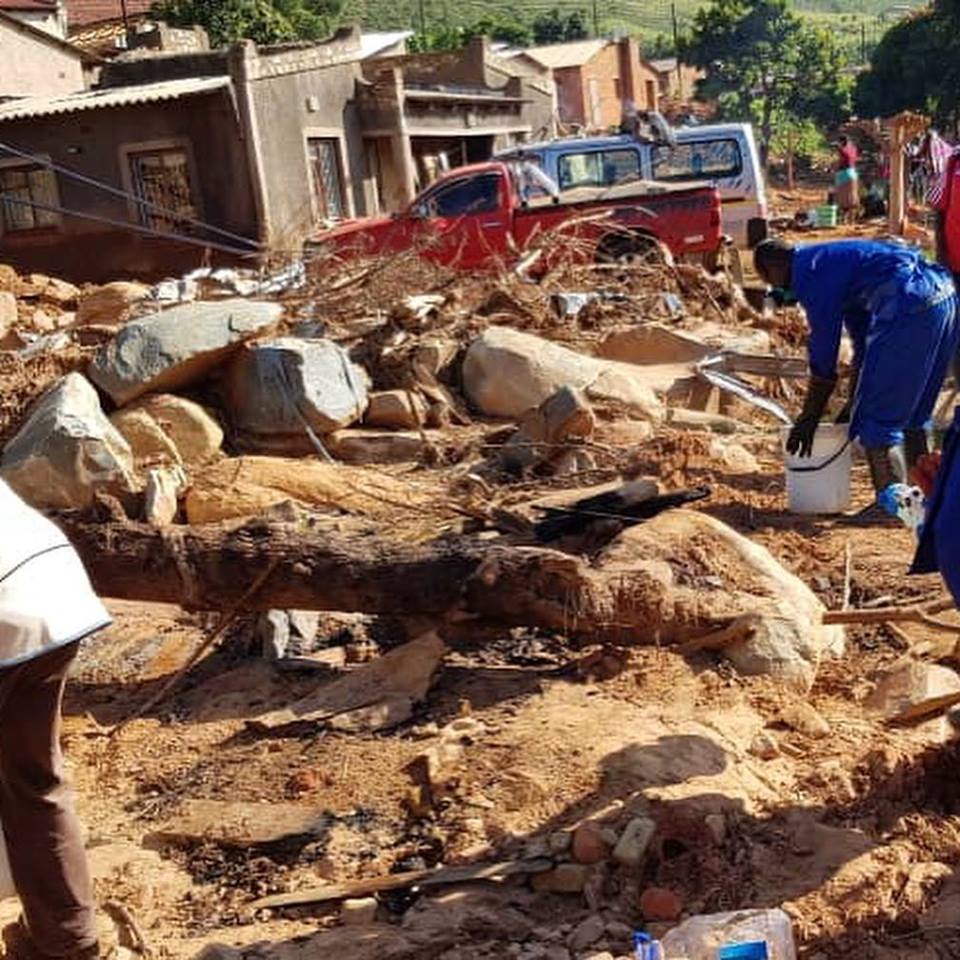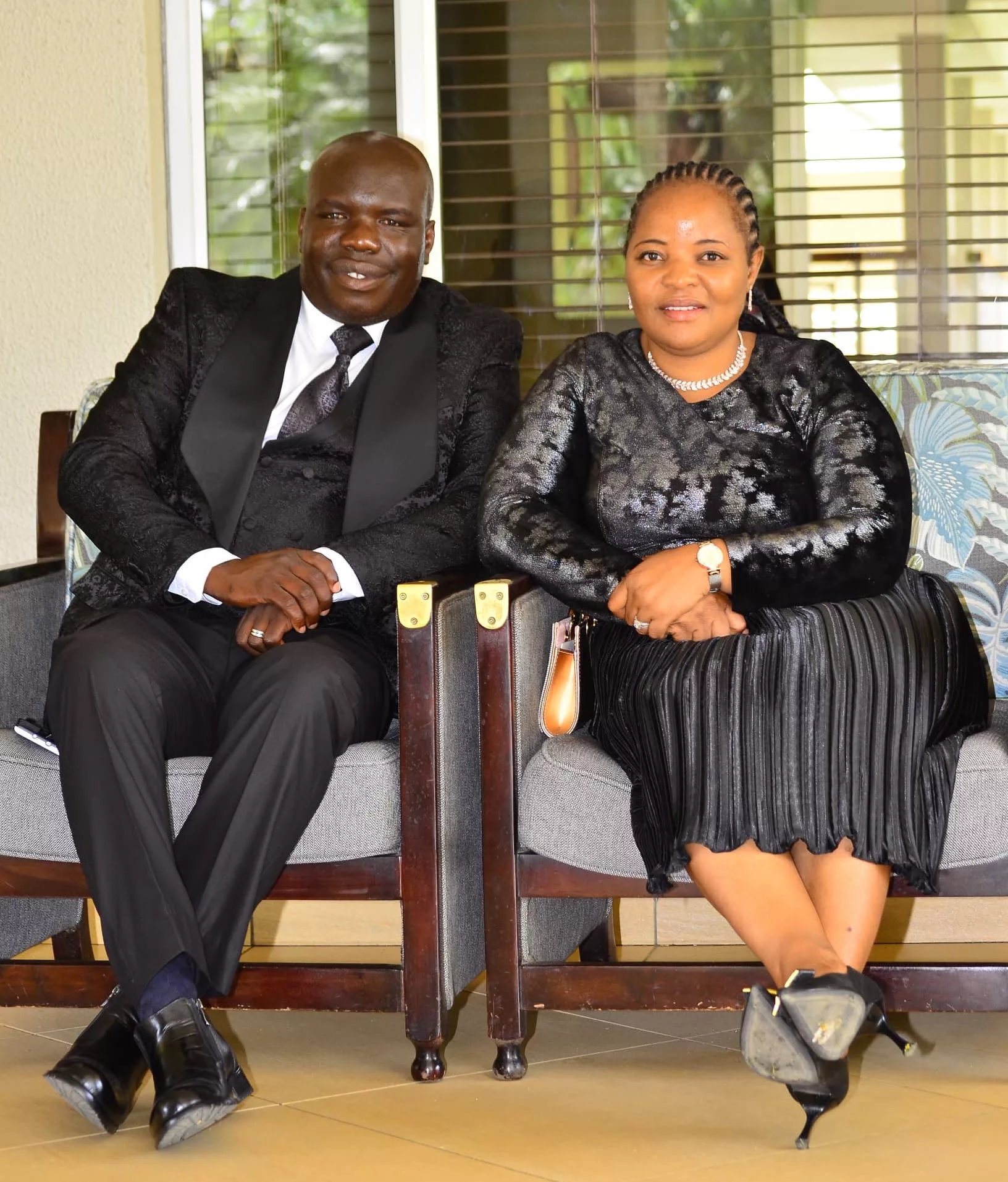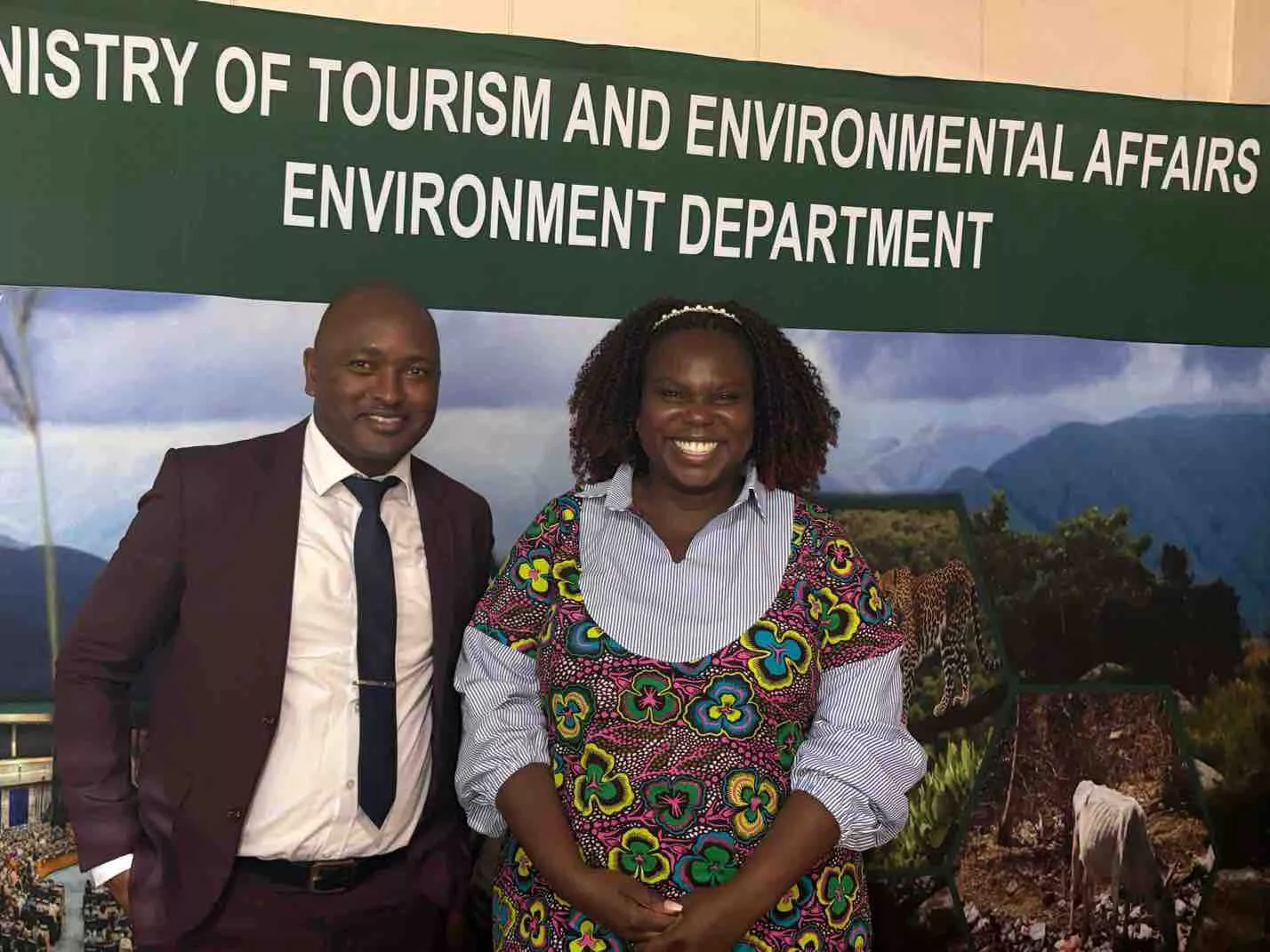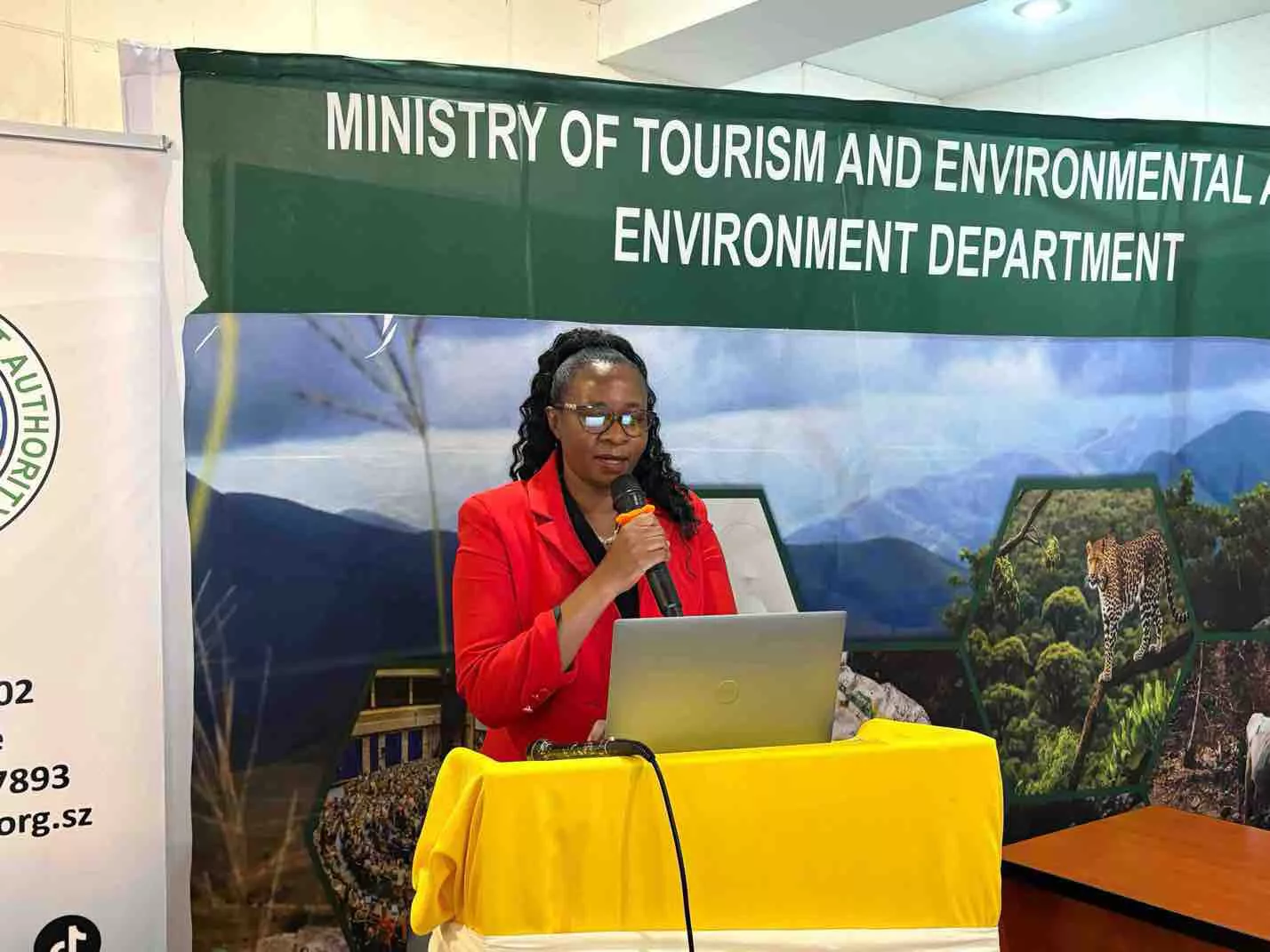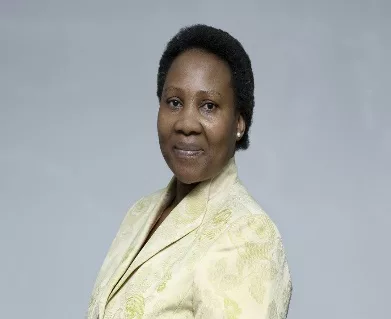By John Wilson
Dear All – a reflective letter from Zimbabwe after a very difficult week
It has been a very emotional week here in this part of the world. Cyclone Idai has wreaked havoc, as you will have seen in the news. The scenes from Mozambique via news and personal testimonies that are coming through are horrific. I heard one testimony yesterday from someone who walked out and had to stay in a certain village for 3 days before moving on, where people falling into the water were also having to contend with crocodiles, as well as everything else; and this is in a place where the news crews haven’t been yet, further upstream. It will continue for weeks in Mozambique as the water sits around and now breeds diseases and mosquitoes. It’s too awful for words.
Closer to home, the district I know best in Zimbabwe and once lived in (my son was born there in the rural clinic nearly 34 years ago) and still work in was very badly hit. You will no doubt now know the name Chimanimani from the news. It actually means ‘the very small way through’ referring to the small way through the mountains to what is now Mozambique.
There are the Chimanimani mountains, Chimanimani the small town and Chimanimani the district. In one village, Coppa, there are around 60 survivors and they estimate more than 300 people were washed away on the night of 15th March and lost their lives.
It was the high rainfall areas that were worst hit, around 700-800mm was received in 48 hours, the rough estimates I’ve been hearing. I drove as far as I could go in the lower part of Chimanimani last Tuesday to get a sense of it. A washed away (main) road prevented me going further.
At that stage there were no roads through at all. Chimanimani is topographically very hilly and has all the natural regions from 1 to 5 (higher altitude, higher rainfall, to lower altitude, lower rainfall); the only district in Zimbabwe where this is the case. And Chimanimani is the only district to have developed a climate change strategy, a joint effort of many stakeholders.
The near future will/must be concerned with dealing with the tragedies and needs of now. But thinking ahead, I’m hoping that we can find some kind of silver lining to this and mobilise in the middle to longer term for a district-wide Agroecology implementation plan, with a very strong emphasis on watershed management. There will be more cyclones and even more damage in future unless this happens. There are good organisations doing great work there, part of AFSA through the various networks. But this work is at a smaller/local NGO kind of level, based on very limited resources.
My feeling is that we need to stop fiddling and take much wider action. People in Chimanimani have experienced directly and tragically what water above ground can do; with support, there could be mobilization to carry out widespread watershed planning and implementation to get that water into the ground in future. A friend in Australia was telling me that there are some people there, where housing has been developed to withstand cyclones, who are welcoming cyclones for the water they bring. This may be an unusual view but it’s true that cyclones do bring a lot of water. And anyway, they are coming all the more as climate change intensifies.
Last week I was based just below the Bvumba mountains, which are a little north of Chimanimani. They had around the same amount of rainfall and I witnessed many streams running with clean water off the mountains. This was two days after the cyclone hit. The difference is that the Bvumba mountains are largely covered with forest still. There were the odd small landslides, trees falling etc but nothing very serious from what I could see and hear from others, and as I say the best indicator of all was the streams running with clean water.
While we have to keep fighting hard for climate justice and having fossil fuel emitters reducing their emissions, we here can’t sit back and wait for that, we have to really step up and be ambitious. We have to transition to Agroecology. Chimanimani could I feel become an example in Zimbabwe and to the world in terms of how it responds to this. On this note I have to say that personally I’m tired of the endless call for evidence for Agroecology. We must gather this evidence wherever we can but why are people waiting for that in order to start transitioning to Agroecology?
Agroecology is about developing integrated water management plans, plans that understand the linkages between Agriculture and Ecology (Agroecology). Do we need evidence to do that? Is this not common sense? Everyone in Chimanimani certainly now knows that water above ground is dangerous and potentially very destructive, whereas water in the ground is productive and a blessing. There are some who have been saying that, and doing whatever they can in a small way along these lines and to their best extent for years. And yet people keep saying, please give us the evidence that Agroecology works. How much longer must we listen patiently to this refrain?
While the industrial mindset may be very good at developing various technologies, this mindset CANNOT implement the kind of watershed plans that I’m talking of. They do not see landscapes and connections in the way that is necessary to do this. They talk about planting trees, for example, and then go and plant monocrop eucalyptus in very high potential areas of Uganda that Sam Nyanzi was talking about in his email the other day. They ‘harvest’ water by putting in diversion drains of 1 in 200 on fields to stop gullies in fields but losing much of the water to streamlines – these are all over Zimbabwe.
The industrial mindset does not have the ability to work with Nature and to use scientific understanding in the service of Nature. This mindset is not able to develop landscapes of diversity and multiple-use that understand the way water flows and all its intricacies, the way people like Zephaniah Phiri understood. I don’t think that there are that many people around who do understand, partly because those who go to college and are supposed to be learned, learn little if anything about using land with Nature. And while there are many smallholder farmers who undoubtedly do understand this, unfortunately many smallholders have been seduced into the industrial mode of farming – bare soil, lack of diversity/monocrop, no sense of land-use design, little earthcare ethic and so on. In Zimbabwe much of that started with the arrival of the Missionary Alvord and his big push for use of the mouldboard plough in the 1950s and not one tree in your cropping field (you couldn’t be a ‘Master’ farmer if you had a single tree in your cropping area….the new Zimbabwe government continued this in the 1980s)
Last week I visited Mr. and Mrs. Chieza, who live close to one of the bridges next to which the road was eaten right away. This quite old couple understand how to manage water on their small farm. At the highest point they had dug a big ditch on contour to catch all the water from the over-grazed grazing area above them. Then lower down they have a series of smaller, interlinked ditches. They understand well one of the basic principles of water-harvesting: always start at the top; they started at the top of their farm with the big ditch. I won’t go into further details here, but just to say that their system held fine. In another place nearby, the water harvesting ponds/small dams and interlinked spillways/dead-level contours of the organization PORET on its newly established training centre land withstood the rain and the run-off from above. Both these places had around 220mm over two days, not the same as the other areas, but still a significant quantity of water.
Agroecology is about putting everything together in an integrated way, including the extremely important planned grazing, which is so very critical to ground cover (and thus water in the ground) and for which industrial agriculture has few suggestions or plans, though they keep asking for the ‘evidence’ that planned grazing works.
We have to move agriculture forward in an ecological way, which is what Agroecology is all about, working with Nature. I repeat, let’s gather evidence wherever we can but we can’t wait for this and Governments would surely be foolish to wait for ‘enough’ evidence. We need to get them to see this.
I’ve been reading about some pioneering regenerative farmers in Australia who over the last 30 years have done some remarkable things to recover land in pockets of that country. They didn’t wait for the kind of ‘evidence’ that is being called for to start doing what they did. In every single case, they changed their mindset because their industrial farming practice was not working and realized that they had to understand Nature and work with Nature. They had to be humble and keep learning how to do this. They are still learning while they run successful, viable operations. In many ways you could describe what they have done is to replace a simplified, reductionist approach with a growing understanding of their complexity. They have also weaned themselves from buying the products from industry, which were putting them into debt while making (still making) industry rich.
Julius Esteve of Western Kenya, who I described in an earlier email, didn’t wait for ‘evidence’ to transform his farm into what it is today. He used his common sense. He started off with water harvesting to get every drop of water into the ground with a variety of water sinking strategies. This fed the fish ponds at the bottom of his land, which brought good income fairly early in the transformation. And then he started his mixed planting based on his understanding of the way ecosystem processes (Nature) works.
Are we going to let the industrial world, that has made such a mess of land use all over the world, with its mechanistic approach and lack of understanding of Nature and complexities, are we going to let them keep throwing this ‘we need evidence’ at us and then scramble around for evidence (often on their reductionist terms) or are we, those of us with common sense in my opinion, going to say enough is enough and make sure that we start transitioning to Agroecology? Without apology I can say that I’m feeling emotional! Images of what the next cyclone will be like in Chimanimani District, if serious widespread action is not taken, keep popping into my mind.
Best wishes
John


